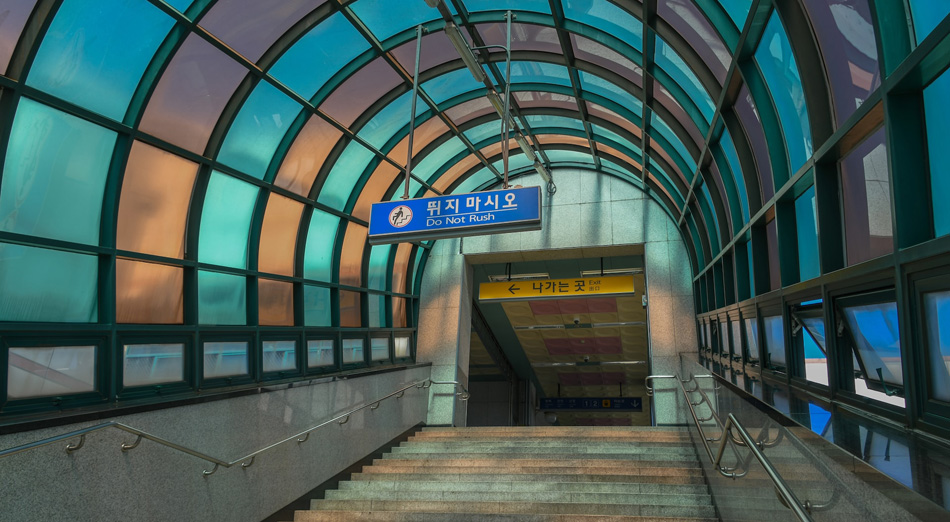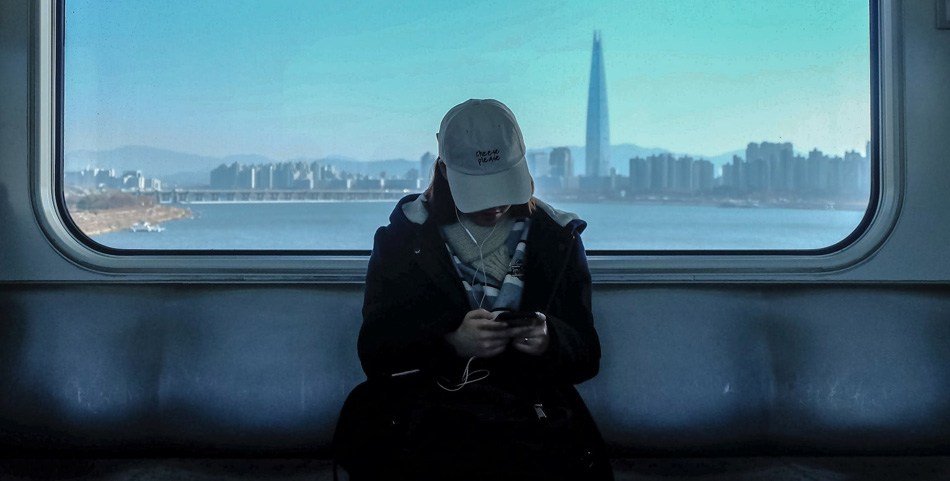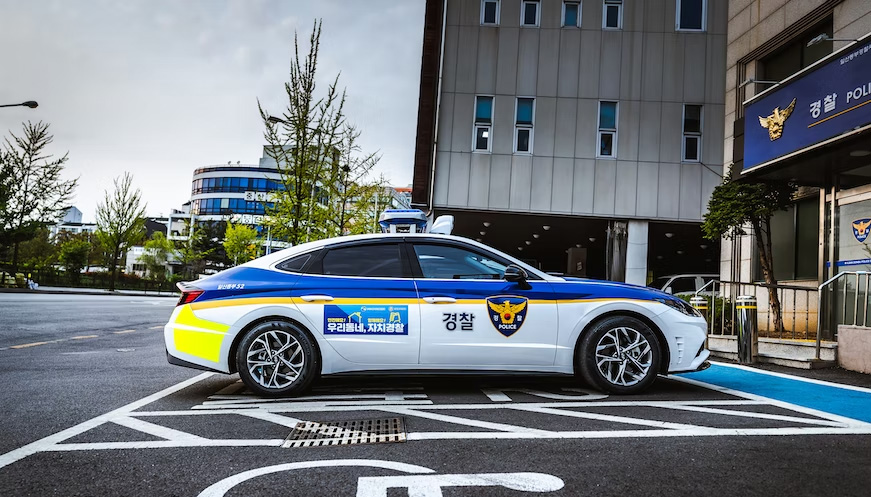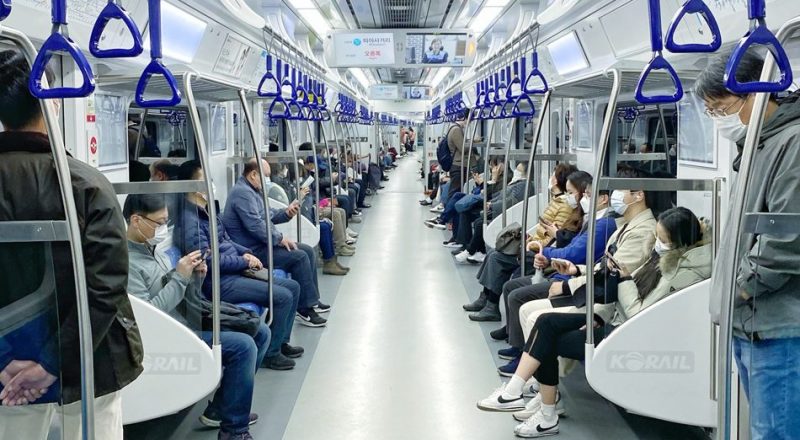Seoul, the capital of South Korea — it is one of those rare cities in the world where you find people swarming the underground subway more than walking the sidewalks on the streets above. Don’t be surprised to see their streets deserted for most parts if you are in Seoul, you will find almost half the population underground (literally).
For a city inhabited by approximately 10 million people, it is astonishing to discover that there are close to 728 high-tech subway stations to cater to their transport needs. The Seoul subway system is also held at par with the Tokyo Metro except that it is a lot cheaper than the latter and more accessible. No matter which part of the city you are traveling from, it is always convenient to hop on to the subway from anywhere and reach your destination in a jiffy. The Seoul Metro is considered one of the finest in the world for many reasons.
Some of the features that set apart the Seoul subway from the rest are — on-time arrivals and departures; the system is super organized, clean, and efficient; the trains have high-speed WiFi connectivity; riders strictly adhere to subway riding etiquette like no loud talking, not using the phone, no pushing while boarding and deboarding, waiting your turn, traveling quietly, etc; digital maps in every station for rider convenience. A massive network of passageways, tunnels, and exits in the stations can be mind-boggling for the first-time users but signages at all strategic places help to dispel their confusion.
The Seoul subway has 22 lines in total – they are both colored and numbered for easy interpretation by the commuters. On weekdays, the trains operate from 5:30 in the morning until midnight; there’s a slight tweak in the timings over the weekends though.
Trains run every 3-7 minutes on a given route. The base fare is 1250 won (equivalent to $1) for a 10 kilometer distance. You must avail of the T-money card to ride the subway from a vending machine at any given station. There are different types of the T-money card to choose from.
It is entirely possible to lose or drop things while you rush to catch your morning/evening train as you briskly navigate yourself through the subway crowd. Again, trains during peak hours are usually packed to full capacity which could make you accidentally drop things in your hurry to deboard at the destination station or while transferring to other lines. Irrespective of where you lose your things on the subway — trains or the stations — there are ways to reclaim those through an effective Lost and Found system. Read on.
Approach the Station Staff

It helps to realize your loss immediately so that steps can be taken to retrieve lost property in the quickest time. If you are still within the premises, approach a staff member at the station who can guide you properly. Do not panic. In the meantime, furnish them with details that will be useful to track your things. Remember the time you got off the train, its route, its number, where you fear you dropped your things, a full and accurate description of the item/s lost, and your contact details with phone number and email address. All future correspondence will happen via emails or phone.
File a missing property complaint at the station. You may later check the Lost and Found section on the metro website for your articles. If your things are not immediately turned in at the station, you may later pay a physical visit at the Lost and Found Office that is located off Line 9 Operation Co.Ltd, Dongjak Station. Their hours of operation are between 6 am to midnight on weekdays, and 7 am to 11pm on weekends and holidays. Call them on 02-2656-0009.
Call the Customer Support Center

It is not such a headache to find yourself back to your lost property in South Korea. There are numerous channels to help you find your things quickly. The Lost and Found office or the official website of Seoul Metro are the obvious places you should look for lost items; the unclaimed ones eventually get submitted at the Lost and Found offices. The Koreans are well-mannered and do not touch others’ belongings unless they feel the need to turn things in to the concerned authorities. Also, the subway stations are well-equipped and have surveillance cameras fitted extensively at all possible junctions that help to monitor public movement.
The Customer Safety Center is one place that can promptly help you locate your lost property provided you help them with the following information — exactly what you lost, what time you got on and off the subway, the train car number, etc.
The main phone number is 1577-1234. Other Lost and Found offices and their corresponding numbers are —
City Hall Station (for lines 1 and 2): 02-6110-1122
Chungmuro Station (for lines 3 and 4): 02-6110-3344
Wangsip-ri Station (for lines 5 and 8): 02-6311-6765, 6768
Taereung Ipgu Station (for lines 6 and 7): 02-6311-6766, 6767
Sports Complex Lost and Found (line 9): 02-2656-0930
Please call the correct number to report the problem. Different lines have different contact numbers allotted. All centers are open from 9 am to 6 pm on weekdays.
Enquire With the Metropolitan Police

All unclaimed items are handed over to the metropolitan police after a week. So, if you have not been lucky with the customer center or the Seoul Metro Lost and Found authorities, you can approach the local police agencies.
90% of lost items are returned intact to the owners in Seoul, so you don’t have a thing to worry about even if it takes some time to locate your property. Please remember to carry valid IDs to claim your things either from the Lost and Found offices or the local police.

